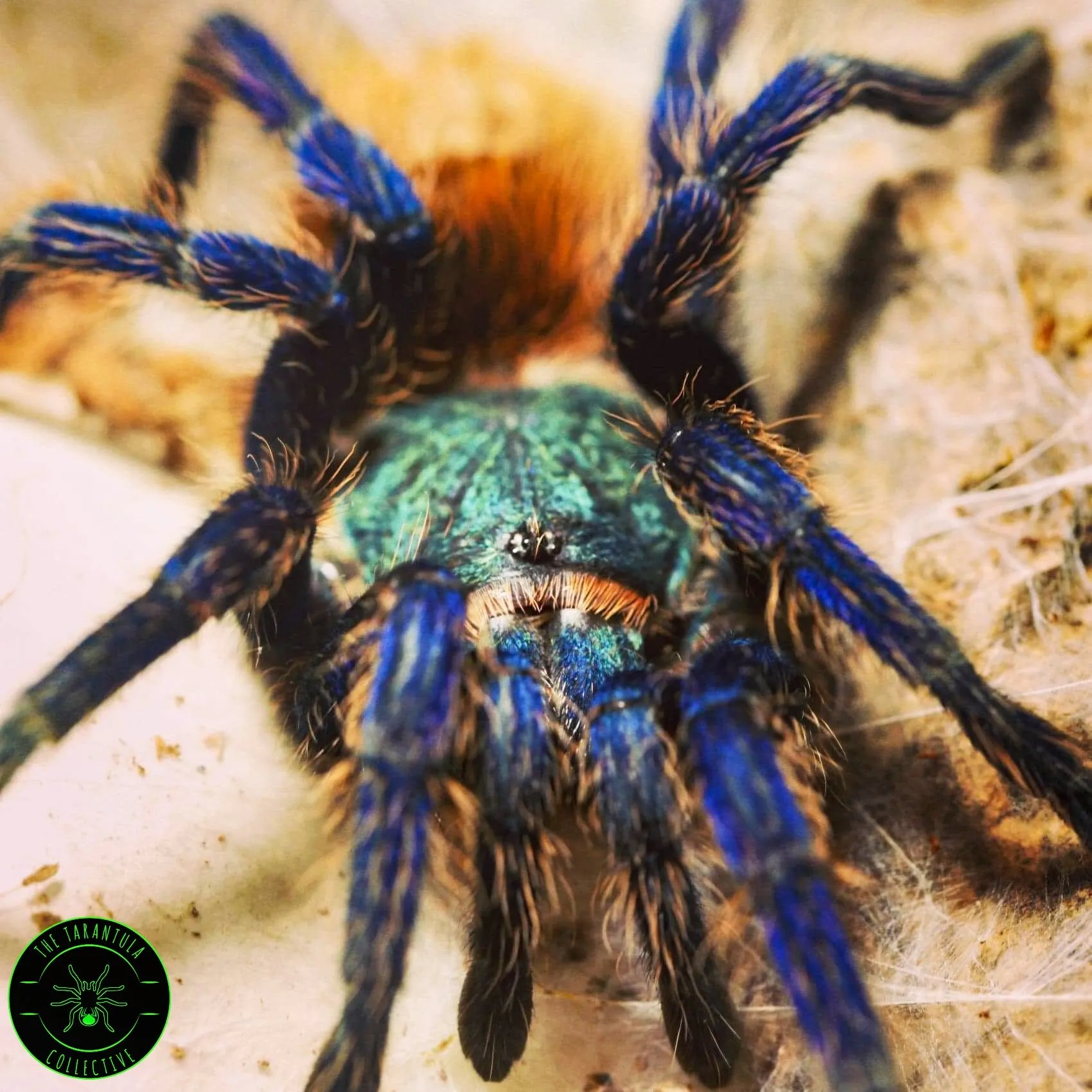Understanding Green Bottle Blue Tarantulas
The Green Bottle Blue Tarantula (Chromatopelma cyaneopubescens), often abbreviated as GBB, is a captivating species highly sought after by tarantula enthusiasts. Native to the arid regions of Venezuela and Trinidad, this spider distinguishes itself with its vibrant coloration and fascinating behavior. Breeding these spiders requires a thorough understanding of their unique needs and careful attention to detail. This guide offers comprehensive insights into the breeding process, ensuring both the health of the tarantulas and the success of your breeding endeavors.
Origin and Characteristics
Green Bottle Blues are known for their striking appearance. The name comes from the metallic blue coloration on their legs, complemented by a vibrant orange abdomen. As juveniles, their colors may appear muted, but they develop their full brilliance with each molt. They typically grow to a leg span of 5 to 6 inches, with females generally being larger and longer-lived than males. These tarantulas are arboreal, meaning they spend a significant amount of time in trees or elevated structures, constructing elaborate webs to house themselves. This arboreal nature is a key factor in their care and breeding.
Appearance and Behavior
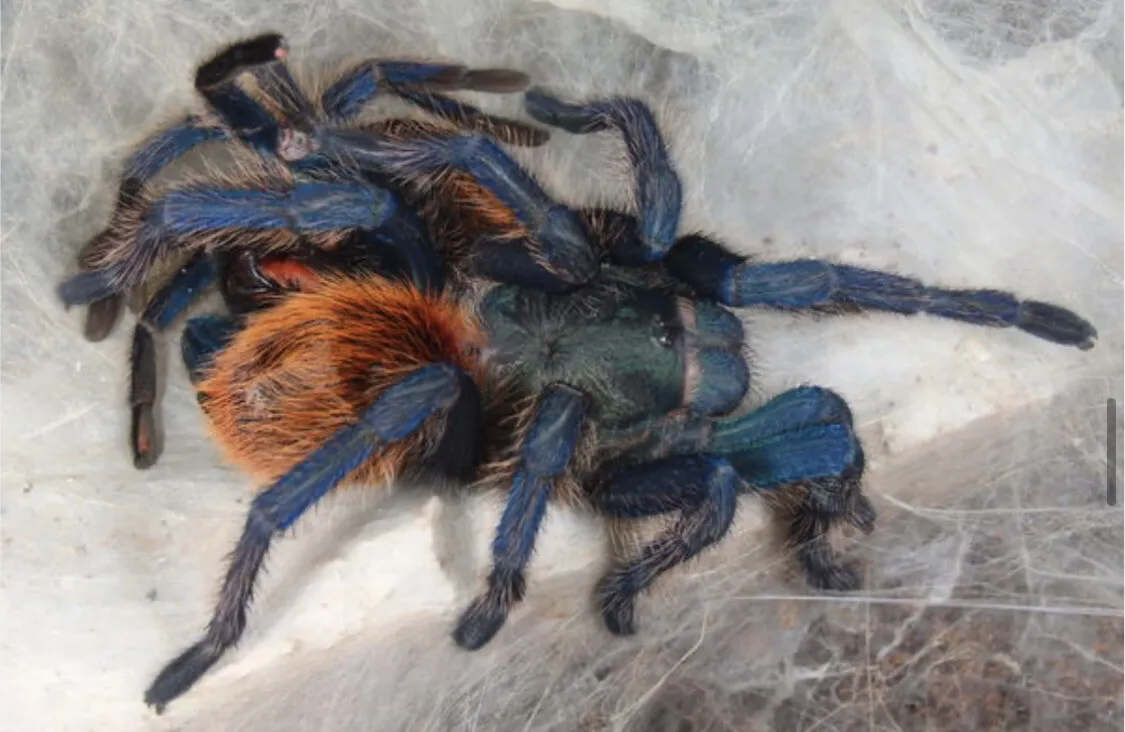
GBBs display a fascinating blend of boldness and skittishness. They are active hunters, often seen patrolling their enclosure in search of prey. They are also known for their defensive behavior, including flicking urticating hairs as a defense mechanism. Understanding their behavior is critical for handling and breeding. Their webs are intricate and often span across the enclosure, creating a complex network that serves as a home and a hunting ground. They can be relatively fast-moving, so caution is always advised when interacting with them.
Why Breed Green Bottle Blues
Breeding Green Bottle Blue Tarantulas can be a rewarding experience for experienced keepers. While not as prolific as some other species, the demand for GBBs often outstrips the supply, making successful breeding a valuable achievement. Breeding also provides the opportunity to contribute to the conservation of the species in captivity, which can help reduce pressure on wild populations. It allows keepers to learn more about their natural behaviors.
Benefits of Breeding
Successful breeding allows you to learn more about the life cycle of the GBB. It also offers the satisfaction of producing healthy spiderlings. It can also result in the ability to sell or trade offspring. Breeding them in captivity reduces the need to collect them from their natural habitat, aiding in conservation efforts.
Challenges of Breeding
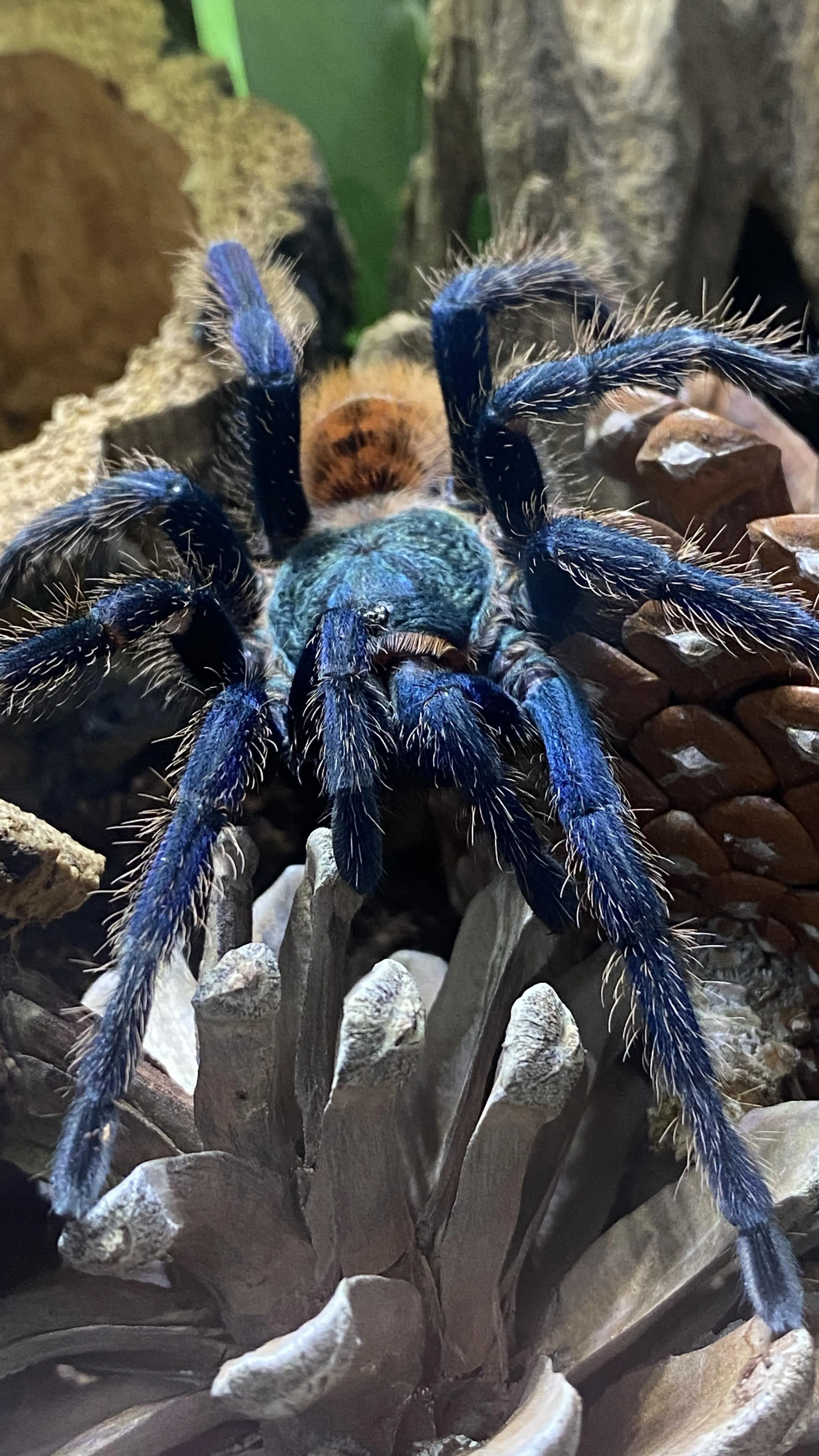
Breeding GBBs is not without its challenges. The process requires careful planning, precise environmental control, and a thorough understanding of the spiders’ needs. Challenges include the difficulty in sexing juveniles, potential for aggression during mating, and the complexity of egg sac management. The high mortality rate of spiderlings is also a factor. A deep understanding of tarantula biology is essential for navigating these hurdles successfully. Proper research and preparation are crucial for minimizing risks and maximizing the chances of a successful breeding outcome.
Top 5 Breeding Tips for GB Blues
Tip 1 Provide Optimal Housing
The housing environment plays a critical role in the breeding success of GBBs. This includes the enclosure type, substrate, and the provision of appropriate climbing structures. A well-designed habitat replicates the natural environment of the tarantula, reducing stress and promoting healthy behavior.
Selecting the Right Enclosure
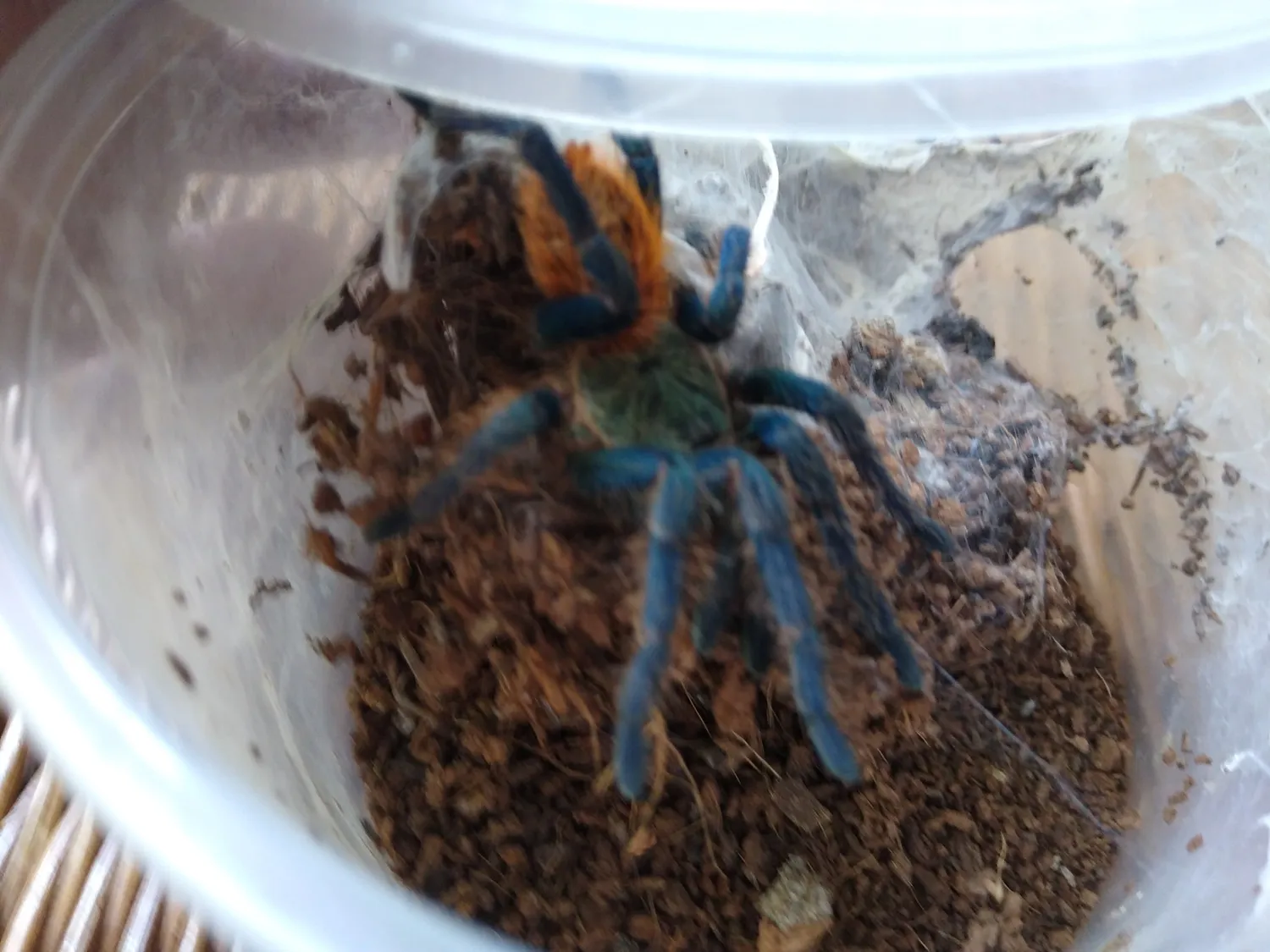
Choose a tall enclosure, as GBBs are arboreal. A glass or acrylic enclosure is ideal, ensuring good ventilation and ease of viewing. The enclosure should be sized appropriately for the spider’s size; a juvenile can start in a smaller container that provides security, while adults require a larger space to roam and web. Ventilation is crucial to prevent mold growth and provide fresh air. Make sure the lid is secure to prevent escape, as GBBs are agile.
Maintaining Temperature and Humidity
GBBs thrive in temperatures between 75-85°F (24-29°C). Use a heat source, such as a heat mat or ceramic heat emitter, to maintain this temperature. Humidity should be maintained between 60-70%. This can be achieved through regular misting and ensuring proper ventilation. Avoid excessively high humidity, as this can lead to respiratory issues. Monitor both temperature and humidity with a reliable thermometer and hygrometer to ensure the enclosure meets the needs of the tarantula. Consistent environmental conditions are vital for breeding success.
Tip 2 Proper Diet and Feeding
A well-nourished tarantula is a healthy tarantula, and this is particularly important for breeding. Providing a balanced diet and proper feeding schedule are key to ensuring that your GBBs are in optimal condition for reproduction.
Nutrition for Breeding GB Blues
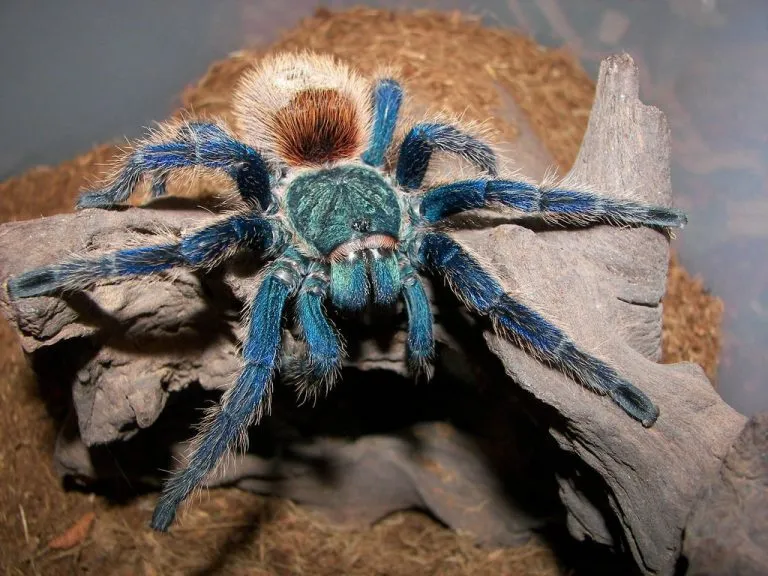
GBBs primarily feed on insects. Offer a variety of insects, such as crickets, roaches, mealworms, and occasional waxworms. Ensure the insects are gut-loaded with nutritious food before feeding them to your tarantula. Supplement the diet with vitamins and calcium, especially for females preparing to produce an egg sac. A varied and nutritious diet is essential to provide the energy and resources needed for successful breeding and healthy offspring.
Feeding Schedule and Techniques
Feed juveniles 2-3 times per week, adjusting the frequency based on their growth rate. Adults can be fed once a week or every other week. Remove uneaten food within 24 hours to prevent mold growth. Provide fresh water in a shallow dish. Monitor the tarantula’s abdomen to gauge its feeding status. A well-fed GBB will have a rounded abdomen. Adjust the feeding schedule as needed based on the tarantula’s appetite and condition.
Tip 3 Successful Mating Process
Mating GBBs requires patience, careful observation, and knowledge of their behaviors. Understanding the mating process increases the chances of a successful outcome, and helps avoid any risks involved. The tarantulas’ health and readiness are also important factors.
Identifying Male and Female GB Blues
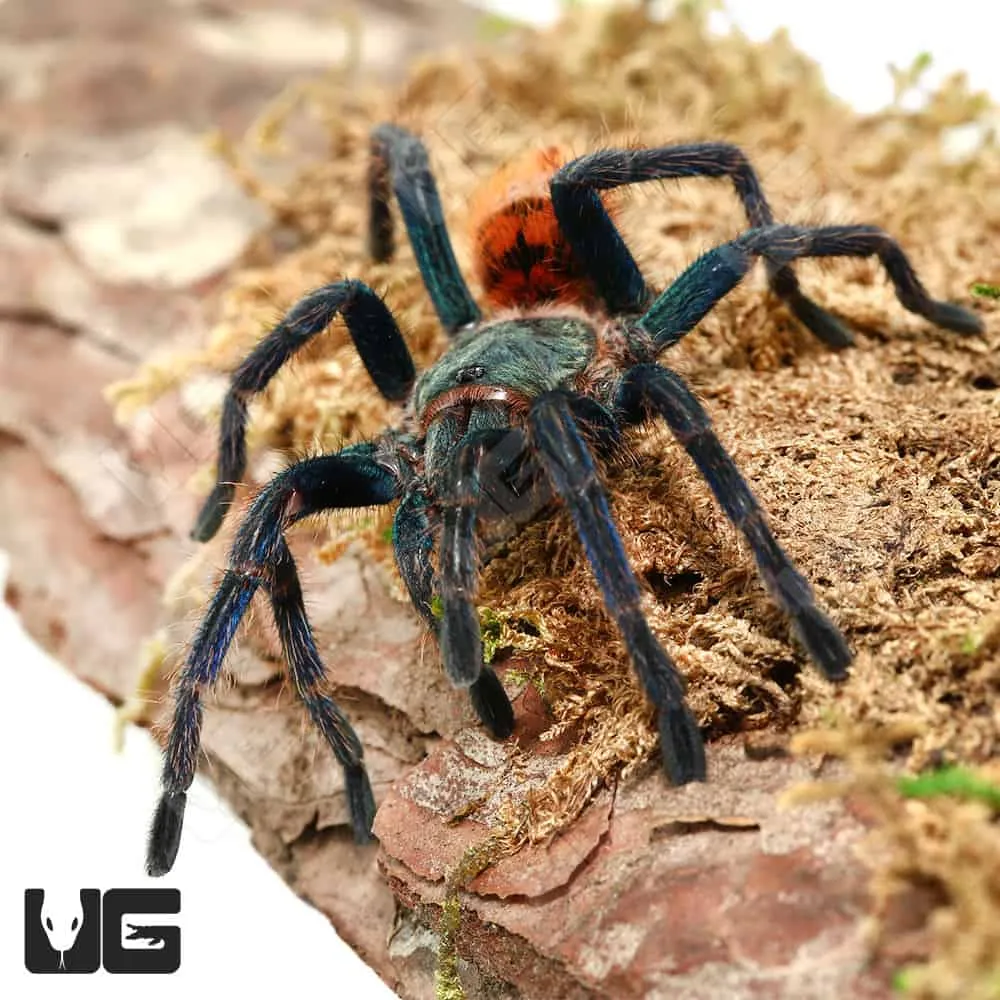
Sexing GBBs accurately is crucial for breeding. Males have pedipalps that are modified into mating organs, called “bulbs,” at the end of their pedipalps. They also have spurs on their front legs, and the shape of the abdomen can be different. Females are larger and do not have these features. The easiest way to sex them is to examine the shed exoskeletons of the tarantulas. By examining the underside of the molt for the presence of spermathecae, the sex can be determined.
Mating Procedure Step by Step
Introduce the male to the female’s enclosure, ideally when the female has recently molted. This increases the chances of successful mating. Carefully monitor the spiders’ behavior; be prepared to separate them if the female shows aggression. If receptive, the female will allow the male to mate. The male will deposit sperm webs and then insert sperm into the female’s epigastric furrow. After mating, separate the male immediately to prevent him from being eaten. The female will then begin to create an egg sac a few months later.
Tip 4 Egg Sac Management
Managing the egg sac is a critical phase in the breeding process. The success of the eggs and subsequent spiderlings is highly dependent on the care provided during this time. Providing the right incubation conditions and carefully tending to the developing eggs are vital.
Incubation and Environment
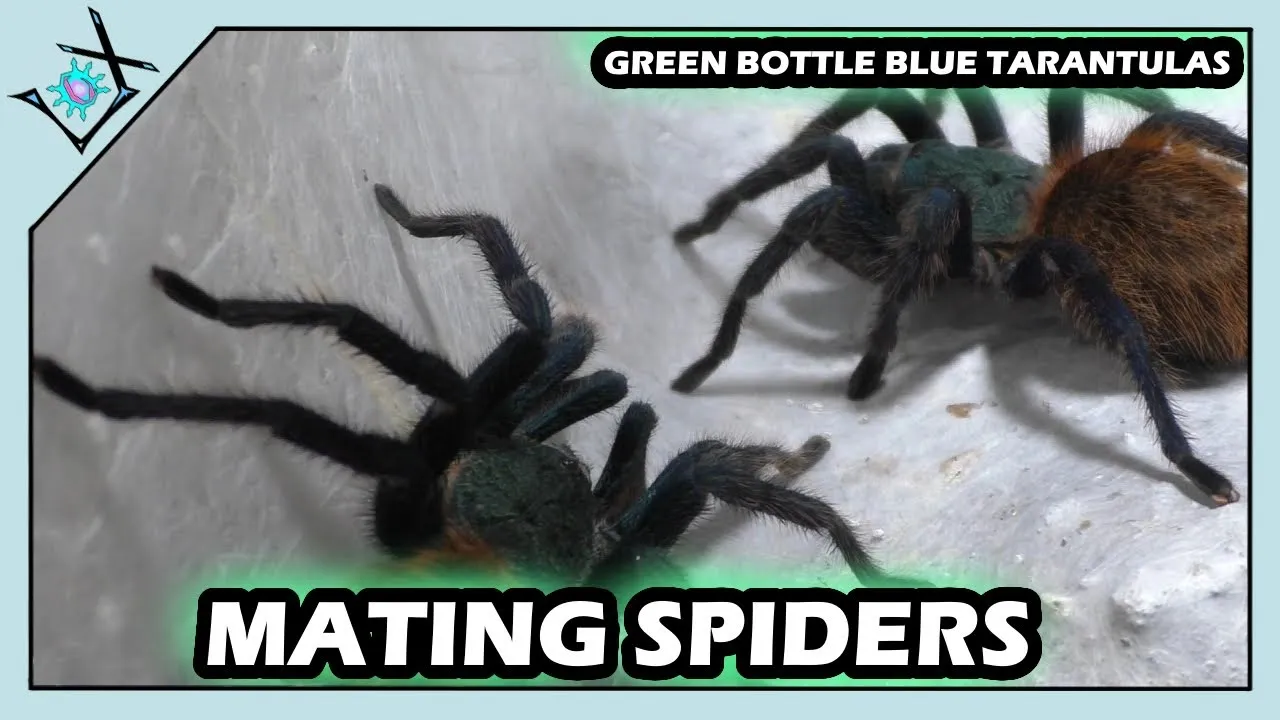
Maintain the same temperature and humidity levels for the egg sac as the female’s enclosure. Monitor the egg sac closely for any signs of mold or damage. The female will usually care for the egg sac, but some breeders choose to remove it and incubate it artificially. If you choose to remove it, place it in a similar environment in a separate container. The incubation period usually lasts several weeks, and the spiderlings will emerge once they hatch.
Caring for Spiderlings
Once the spiderlings emerge, provide a suitable environment. This includes small enclosures with appropriate ventilation and substrate. Provide small food items, like flightless fruit flies or pinhead crickets. Feed the spiderlings frequently, and monitor their growth and molting process. Ensure they have access to fresh water. Be patient as spiderlings grow.
Tip 5 Health and Disease Prevention
Preventative health measures are crucial for maintaining a healthy breeding colony. Recognizing and addressing potential health issues early is important for success. This involves providing a clean environment, a balanced diet, and regular monitoring of the spiders.
Common Health Issues
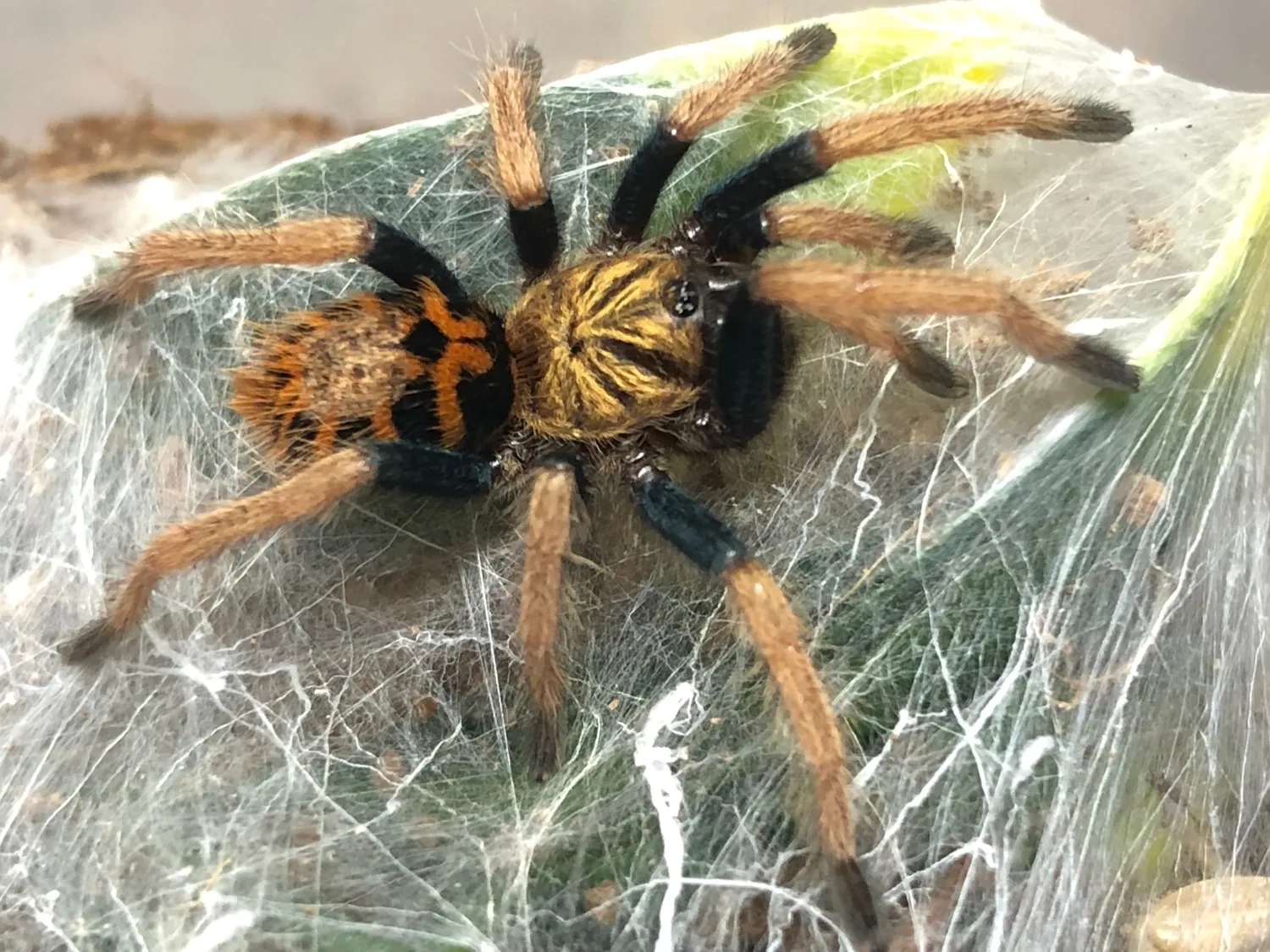
GBBs, like all tarantulas, can be susceptible to certain health problems. These include parasites, fungal infections, and injuries from falls or molting problems. Parasites are usually external, like mites. Fungal infections can occur if the enclosure is too humid. Improper molting can result in the loss of limbs or even death. Recognizing the symptoms and applying treatment when necessary is important.
Preventative Measures
Maintain a clean and sanitary environment. Provide fresh water and remove uneaten food regularly to prevent mold growth. Ensure proper ventilation to avoid excessive humidity. Quarantine new tarantulas before introducing them to your collection. Provide a varied and nutritious diet to keep the tarantulas healthy and strong. Regular inspection and observation is vital for early detection.
Conclusion Breeding GB Blues
Breeding Green Bottle Blue Tarantulas requires dedication, knowledge, and attention to detail. By understanding their specific needs and following these tips, you can increase your chances of successful breeding and contribute to the tarantula community. Enjoy the rewarding experience of breeding these beautiful and fascinating creatures, while ensuring their health and well-being.
